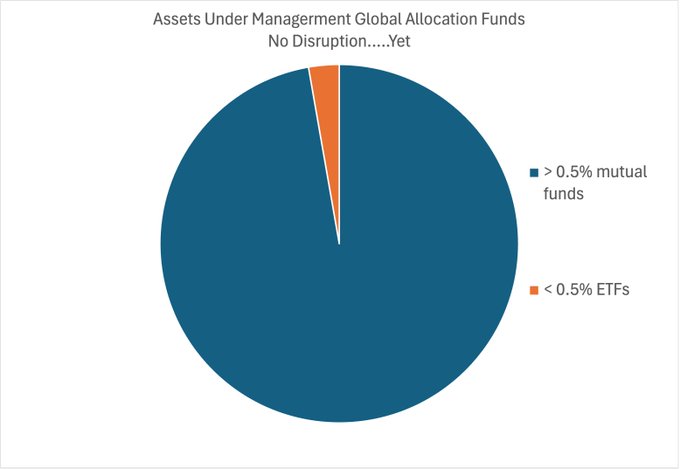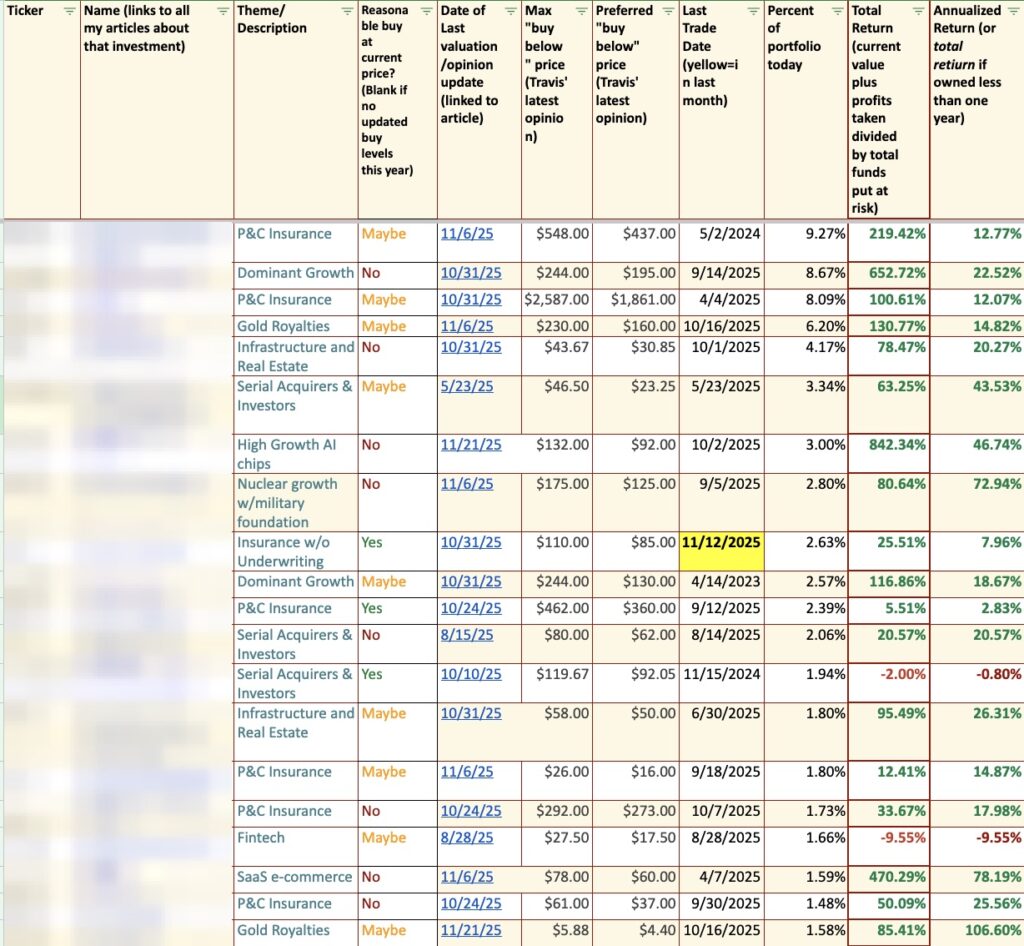YvanDube
Elevator Pitch
I rate Costco Wholesale Corporation’s (NASDAQ:COST) shares as a Hold.
In my prior July 12, 2022 article for COST, I highlighted that “I don’t see Costco’s share price recovering to $600 in the short term”, and my assessment has turned out to be correct thus far. Costco’s last traded price of $504.14 as of September 16, 2022 translates to an insignificant +2.8% increase following the publication of my previous article for the company.
My focus in this latest article is COST’s upcoming Q4 FY 2022 (YE August 31) financial results announcement on Thursday, September 22, 2022. According to my analysis, I don’t think Costco will achieve above-expectations earnings for the fourth quarter of fiscal 2022. The sell-side analysts have already revised their forecasts upwards prior to COST’s earnings release, and Costco is unlikely to pass on cost increases to consumers in full as indicated by management comments. Furthermore, I find COST’s shares to be fairly valued. As such, Costco remains a Hold prior to upcoming earnings considering the absence of an earnings surprise catalyst and fair valuations.
COST Stock Key Metrics
COST has revealed some key metrics as part of its most recent monthly sales data release for August 2022, which is helpful in previewing the company’s Q4 FY 2022 financial performance.
Adjusting for the effects of foreign exchange and gasoline price changes, Costco’s comparable sales increased by +8.7% in August 2022, which also translates into a +10.6% growth for the fourth quarter of fiscal 2022. COST’s Q4 FY 2022 adjusted comparable sales growth is better than the company’s Q4 FY 2021 adjusted comparable sales increase of +9.4%, and just slightly below its +10.8% expansion in adjusted comparable sales for Q3 FY 2022. In other words, Q4 FY 2022 was a decent quarter for Costco as indicated by the adjusted comparable sales growth metric.
Apart from the headline company-wide comparable sales metric, there are indicators worthy of attention such as the performance of the non-food category, and inflation relating to food.
At its August 2022 corporate sales call on August 31, 2022, Costco disclosed that comparable sales for the non-food category grew by “low to mid-single digits” in the prior month. COST also highlighted that “tires, toys and seasonal, automotive and sporting goods” were among the non-food products that did well in August.
Costco’s August 2022 non-food comparable sales increase is impressive, considering that Costco’s non-food category was expected to have underperformed in recent times in light of weak consumer sentiment and inflationary cost pressures. There is a perception that consumers are aggressively cutting back on non-food spending and prioritizing food purchases to a very large degree, but COST’s solid performance in the non-food category suggests that this isn’t exactly true.
Separately, COST mentioned at the company’s corporate sales call for August 2022 that “inflation in food and sundries and fresh were slightly higher from what we saw in June and July.” This implies that inflation hasn’t eased and remained a key factor supporting “low double digits” and “high single digit” comparable sales growth for Costco’s food and sundries and fresh product categories, respectively in August 2022.
In a nutshell, Costco’s financial performance for the fourth quarter of fiscal 2022 should have been satisfactory, based on an analysis of the key metrics disclosed as part of its August 2022 comparable sales data release.
Is Costco Expected To Beat Earnings?
I expect Costco to deliver in-line earnings for Q4 FY 2022, rather than achieve a substantial earnings beat for the final quarter of the fiscal year.
One key reason is that the positives relating to the company’s August and Q4 FY 2022 comparable sales data (as discussed in the preceding section) should have already been factored into COST’s consensus financial projections.
In the past one month, Wall Street’s consensus Q4 FY 2022 revenue and normalized earnings per share or EPS estimates for COST were increased by +0.44% and +0.25%, respectively. For the last three months, sell-side analysts raised their respective fourth-quarter consensus top line and bottom line forecasts for Costco by +1.75% and +2.30%, respectively.
Another key reason is that Costco’s strong comparable sales for Q4 FY 2022 might be offset by the company’s intention to strike a balance between profitability (achieve decent margins with reasonable price hikes) and growth (maintaining strong sales by remaining as an attractive destination for consumers).
At its earlier Q3 FY 2022 results briefing on May 26, 2022, COST noted that it will only raise prices assuming that it can “pass on some of the costs” without affecting the company’s “value proposition.” Notably, Costco also stressed at the third-quarter earnings call that “we’re not the first one to go up when we have higher costs.” This suggests that it isn’t reasonable to expect that COST’s margins will expand in tandem with top line growth. It is clear that Costco wants to ensure that its positioning as a value retailer in the minds of consumers doesn’t change, even if it means sacrificing profit margins to some extent.
In summary, investors need not fear about the prospects of an earnings miss for the upcoming results release, but they shouldn’t pin their hopes on a massive earnings beat either.
What Is Costco’s Long-Term Outlook?
Looking beyond the short-term quarterly earnings, the long-term financial outlook for Costco is decent.
Based on the analysts’ consensus financial estimates taken from S&P Capital IQ, COST’s top line is forecasted to increase by a CAGR of +4.9% for the period between fiscal 2022 and fiscal 2026. The sell-side also expects the normalized EPS for Costco to grow by a +12.2% CAGR for the FY 2022-2026 time frame.
I view the expected mid-single digit percentage revenue growth and low-teens percentage bottom line expansion for Costco in the long run as realistic. COST has multiple drivers supporting its future growth such as new store openings, membership fee increases (typically once every few years), and an increase in sales contribution from e-commerce.
Is Costco Stock Now Undervalued Or Overvalued?
Costco stock is fairly valued now.
The market currently values COST at a consensus forward next twelve months’ normalized P/E multiple of 36.3 times. At first glance, Costco appears to be overvalued based on a comparison of its forward P/E metric and its long-term bottom line growth rate. As mentioned in the previous section, COST’s forward EPS CAGR for the FY 2022-2026 period is +12.2%, and this translates into a price/earnings-to-growth or PEG multiple of as high as three times (a PEG of 1 times is considered a fair valuation as a rule of thumb).
However, one needs to consider both earnings growth and investment return metrics in determining whether a stock’s P/E multiple is high or low. In the case of Costco, the company is projected to generate ROEs in the mid-to-high 20s percentage levels for the next few years as per S&P Capital IQ data. I think that COST does deserve a valuation premium for its high ROEs, the attractiveness of its revenue model (recurring membership fees), and good management (Craig Jelinek selected as one of the best CEOs for 2022 by Barron’s).
Although I don’t view COST’s shares as overvalued, it is also tough to call Costco’s stock undervalued considering the high P/E multiple in absolute terms. Therefore, I think that COST is at a fair valuation now.
Is COST Stock A Buy, Sell, or Hold?
I continue to have a Hold rating assigned to COST’s stock. A positive earnings surprise for Costco this week isn’t likely in my opinion, and the company’s shares aren’t undervalued as well. This suggests that a Hold rating for Costco is appropriate.
















